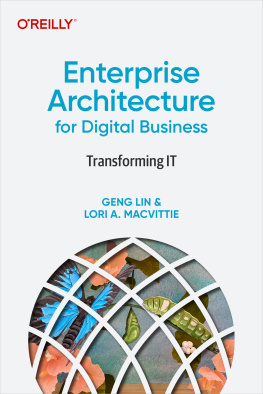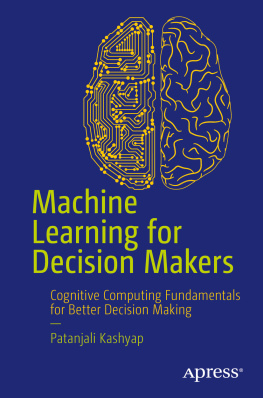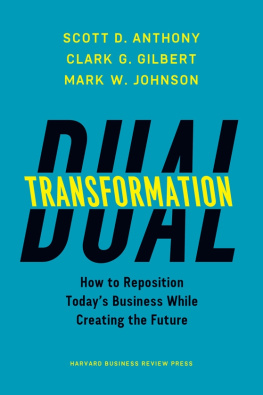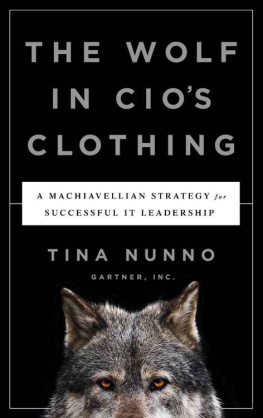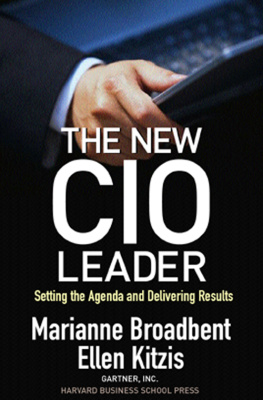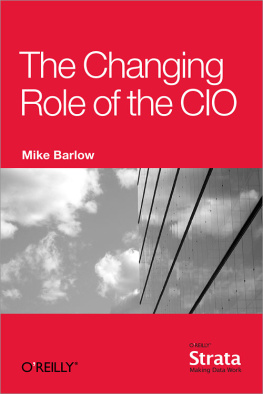Copyright by Hunter Muller. All rights reserved.
Published by John Wiley & Sons, Inc., Hoboken, New Jersey. Published simultaneously in Canada.
No part of this publication may be reproduced, stored in a retrieval system, or transmitted in any form or by any means, electronic, mechanical, photocopying, recording, scanning, or otherwise, except as permitted under Section 107 or 108 of the 1976 United States Copyright Act, without either the prior written permission of the Publisher, or authorization through payment of the appropriate per-copy fee to the Copyright Clearance Center, Inc., 222 Rosewood Drive, Danvers, MA 01923, (978) 750-8400, fax (978) 646-8600, or on the Web at www.copyright.com . Requests to the Publisher for permission should be addressed to the Permissions Department, John Wiley & Sons, Inc., 111 River Street, Hoboken, NJ 07030, (201) 748-6011, fax (201) 748-6008, or online at http://www.wiley.com/go/permissions .
Limit of Liability/Disclaimer of Warranty: While the publisher and author have used their best efforts in preparing this book, they make no representations or warranties with respect to the accuracy or completeness of the contents of this book and specifically disclaim any implied warranties of merchantability or fitness for a particular purpose. No warranty may be created or extended by sales representatives or written sales materials. The advice and strategies contained herein may not be suitable for your situation. You should consult with a professional where appropriate. Neither the publisher nor author shall be liable for any loss of profit or any other commercial damages, including but not limited to special, incidental, consequential, or other damages.
For general information on our other products and services or for technical support, please contact our Customer Care Department within the United States at (800) 762-2974, outside the United States at (317) 572-3993 or fax (317) 572-4002.
Wiley also publishes its books in a variety of electronic formats. Some content that appears in print may not be available in electronic books. For more information about Wiley products, visit our web site at www.wiley.com .
Library of Congress Cataloging-in-Publication Data:
Muller, Hunter
On top of the cloud: how CIOS leverage new technologies to drive change and build value across the enterprise/Hunter Muller.
p. cm.
Includes index.
ISBN 978-1-118-06582-2 (hardback); ISBN 978-1-118-21443-5 (ebk); ISBN 978-1-118-21454-1 (ebk); ISBN 978-1-118-21458-9 (ebk)
1. Information technologyManagement. 2. Technological innovationsManagement. 3. Cloud computing. 4. Chief information officers. I. Title.
HD30.2.M8495 2012
658 0.0546782dc23 2011038803
For Sandra, Chase, and Brice
Foreword: The Four Horsemen
I think it's safe to say that cloud computing is emerging from a period of chaos and entering an era of increasing standardization and stability.
That doesn't mean the cloud is fully mature, but it does appear to be heading in that general direction.
Why do I believe the cloud is evolving toward maturity? There are several reasons.
First, I believe that a dominant design for the cloud has already emerged. Almost every new technology undergoes a chaotic period of rapid development, followed by the emergence of a dominant designa set of de facto standards.
For example, when the railways were initially constructed, there was little agreement on how wide apart to place the tracks. Each railway company had its own gauge, its own standards. Eventually, the companies settled on a single standard gauge.
Sometimes an innovative design is so powerful and so compelling that it becomes an icon of the new standard. The Model T Ford is a classic example. A more recent example is the iPod.
For the cloud, this phenomenon is represented by what I call the four horsemen of dominant design. The four horsemen are:
Servers
Network
Storage
Software
The following table shows the dominant standards emerging in each of the four areas:
| Servers | x86 architecture |
| Network | Internet (IP/TCIP) |
| Storage | Solid state (SSD) |
| Software | Software-as-a-Service (SaaS) |
These four horsemen are the pillars of cloud infrastructure. They are also becoming the lingua franca of a new era in which the interplay between technology and the consumers of technology becomes much more focused on delivering value.
The emergence of a dominant design for cloud computing will likely enable a fundamental shift in information technology (IT) strategy. This shift will inevitably create challenges and opportunities.
Unlike most of our proprietary legacy systems, the cloud is a tap into technology. The tap into model is very different from the model we've grown accustomed to managing. As a result, IT leaders will be required to develop new skills and new capabilities. We will need to assume a more proactive leadership role in helping our companies make the most of the cloud's potential.
Throughout our history, FedEx has been focused on making connections, all over the world. It's the core of our business. That's one of the many reasons we find the cloud excitingbecause it's a platform for making connections on a much larger scale than was imaginable in the past.
To me, the cloud represents the future. Here's a quick story illustrating why I feel this way: We were on a family vacation in the countryside. We had downloaded an app onto my digital tablet that enabled us to identify the stars in the night sky. Because the tablet has a cellular GPS, the app knows where I am. It can even tell which direction of the sky I'm pointing the tablet and the angle I'm holding it. Then it lights up a map of the sky, showing the stars and constellations. Naturally, my kids love it.
And while we're playing with the app and looking at the stars, I'm thinking, All of the data resides somewhere else, and all of the calculations are being performed somewhere else. And I'm tapping into all that technology capability from the middle of a field.
The utility and potential of cloud computing seem virtually unlimited. Like emerging technologies of the past, the cloud is evolving from an early state of chaos into a state of greater maturity and stability. Now it's up to us, as leaders and executives, to devise practical strategies for leveraging the cloud's potential as a platform for innovation and success.
Robert B. (Rob) Carter
Executive Vice President of FedEx
Information Services and
Chief Information Officer of FedEx Corp.
Preface
What's Really New about the Cloud?
It seems to be a recurring phenomenon: I finish the manuscript for a book and I am ready to send it to my publisher. Then I find additional sources with fresh insights and great ideas. I call my editor, he growls at me, and we agree to extend the deadline so we can include the new material.
It happened with my first book, The Transformational CIO , and it happened with this book. Days before finalizing the manuscript, I was fortunate to secure interviews with three top thought leaders at IBMLeslie Gordon, vice president, Office of the CIO, Application and Infrastructure Service Management; Jim Comfort, vice president, Integrated Delivery Platforms, Cloud Computing; and Lauren States, vice president, Enterprise Initiatives, Cloud Technology and Client Innovation, IBM Strategy.
Now my only problem was figuring out where to put their comments in the book. Fortunately, the solution to that problem became apparent almost immediately. The wisdom and insight that Leslie, Jim, and Lauren shared with me were so valuable that I knew they had to go right here, at the front of the book.









